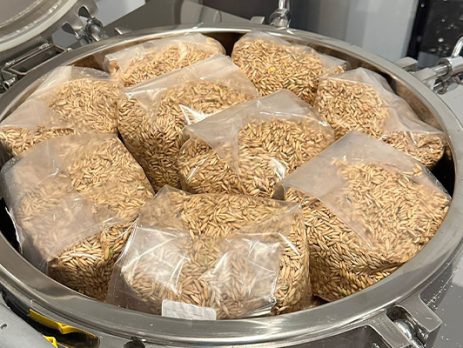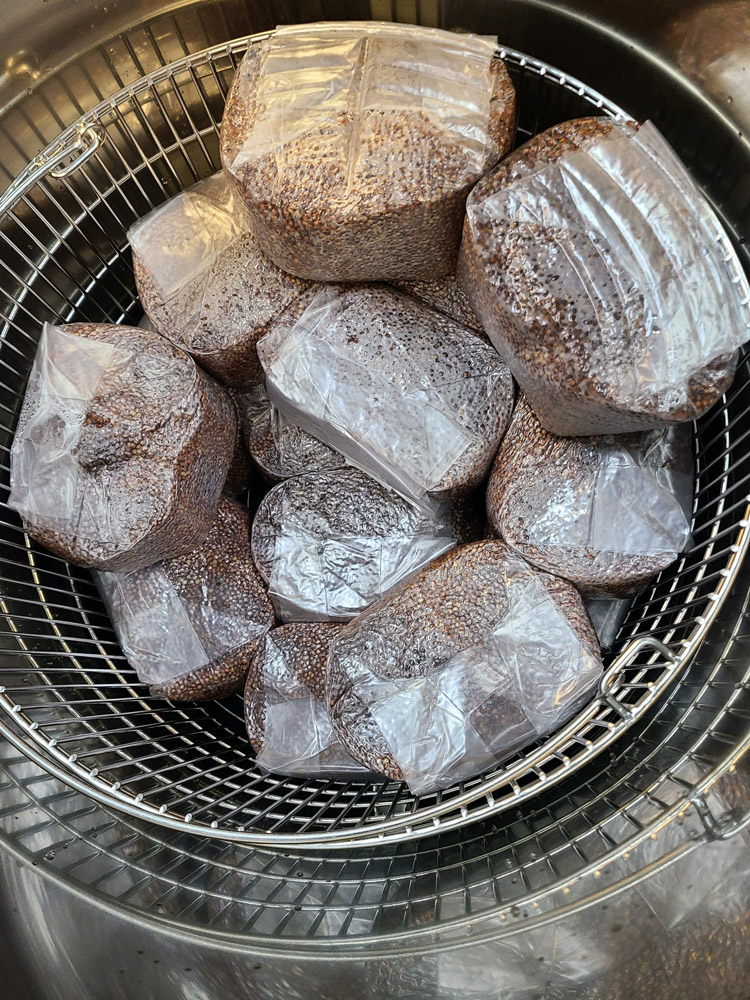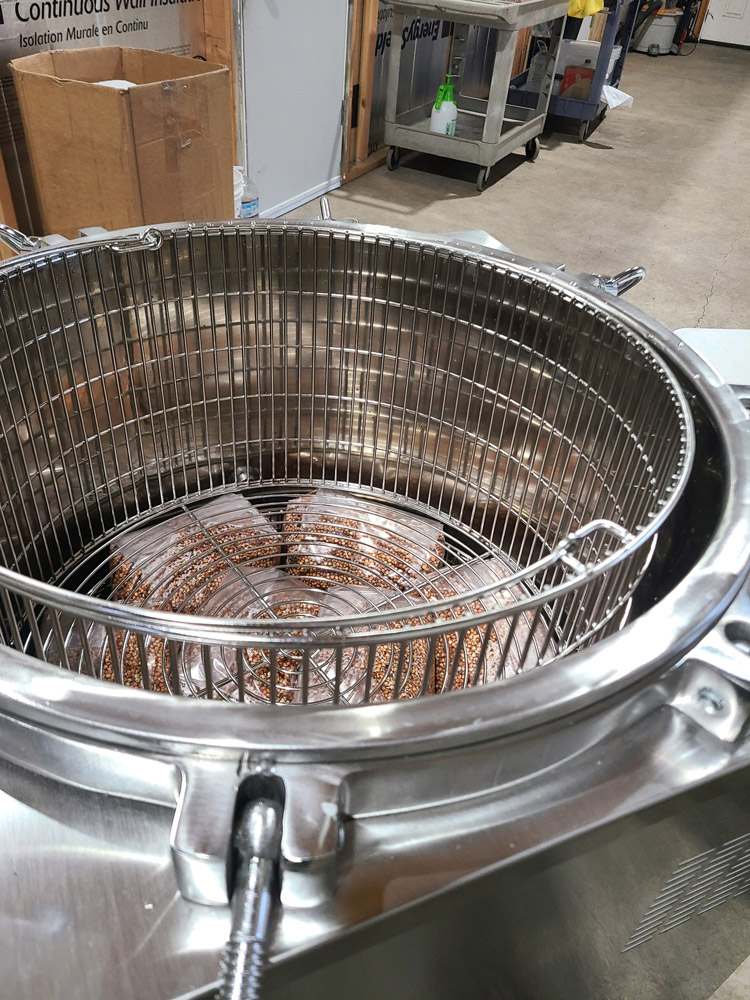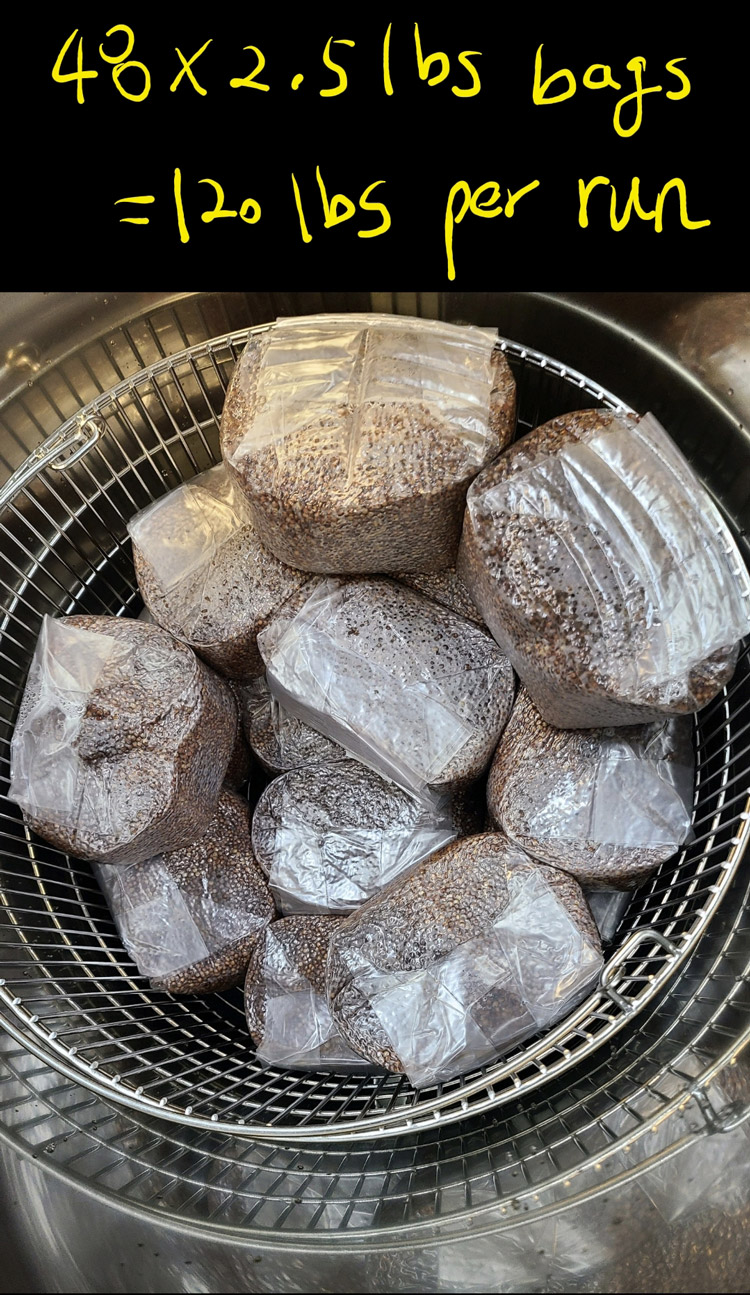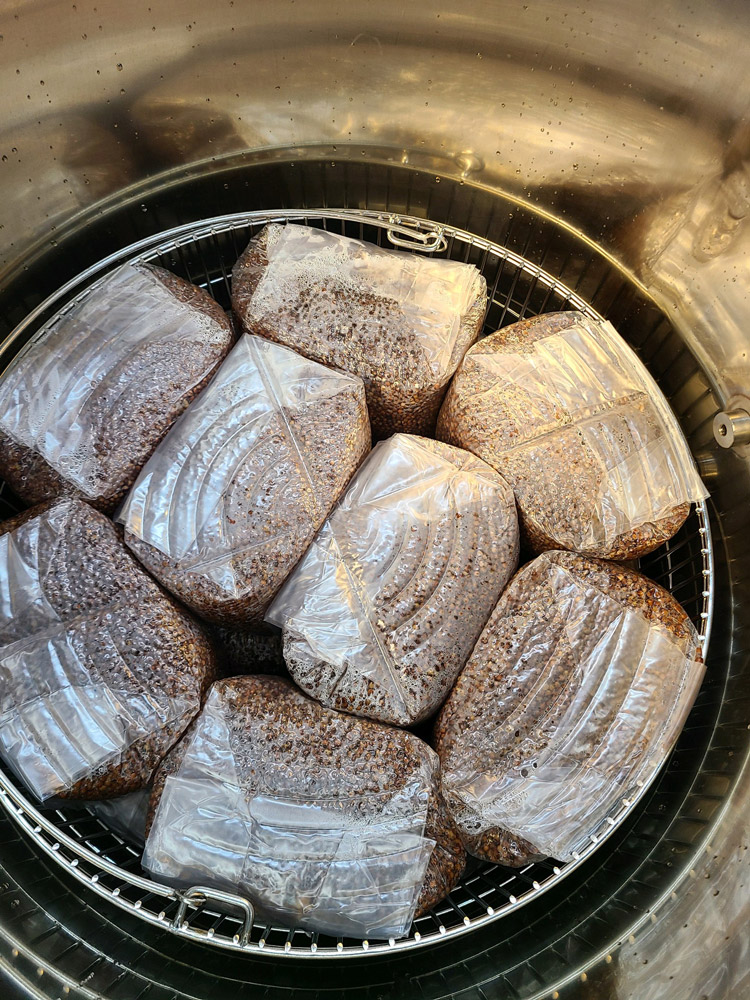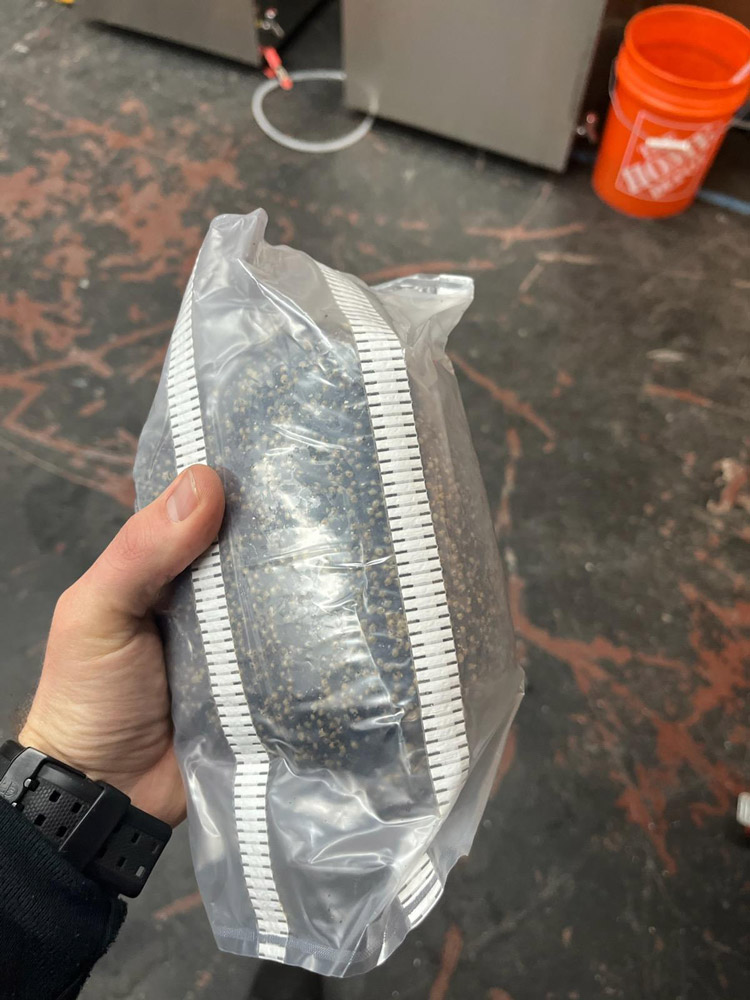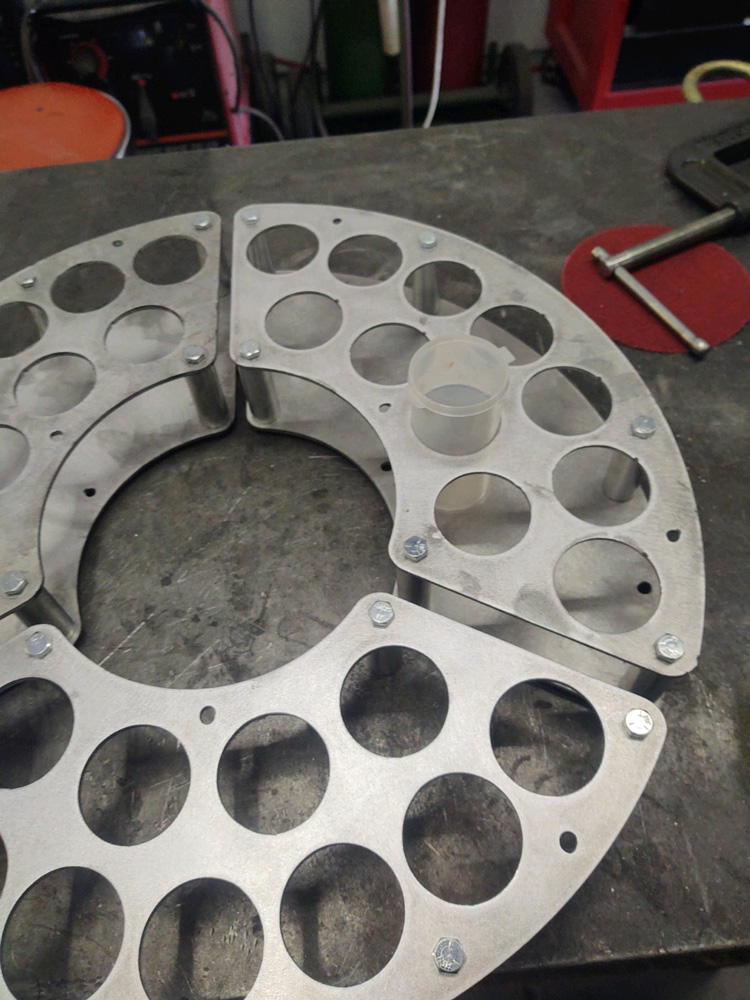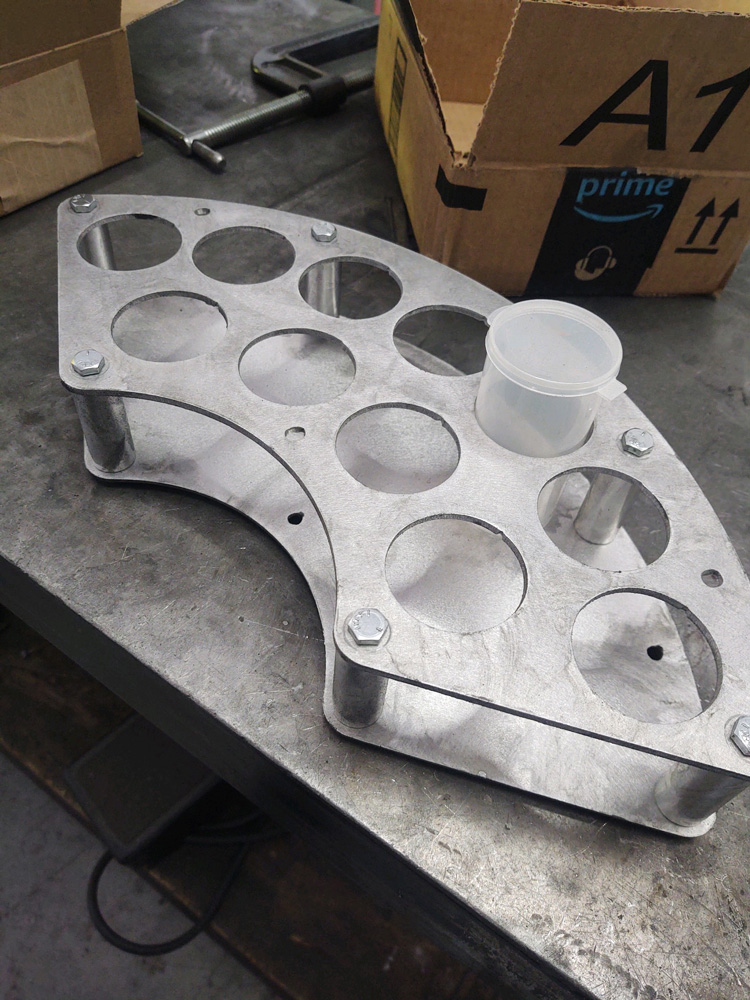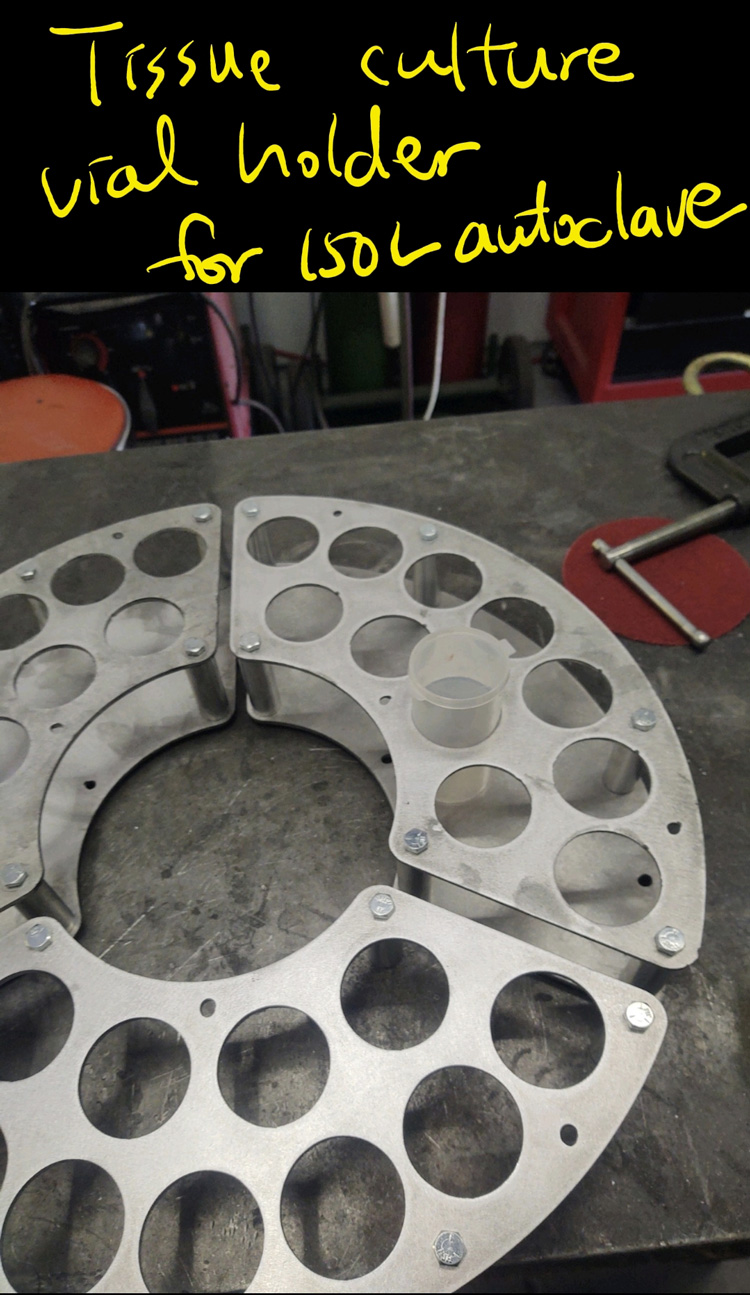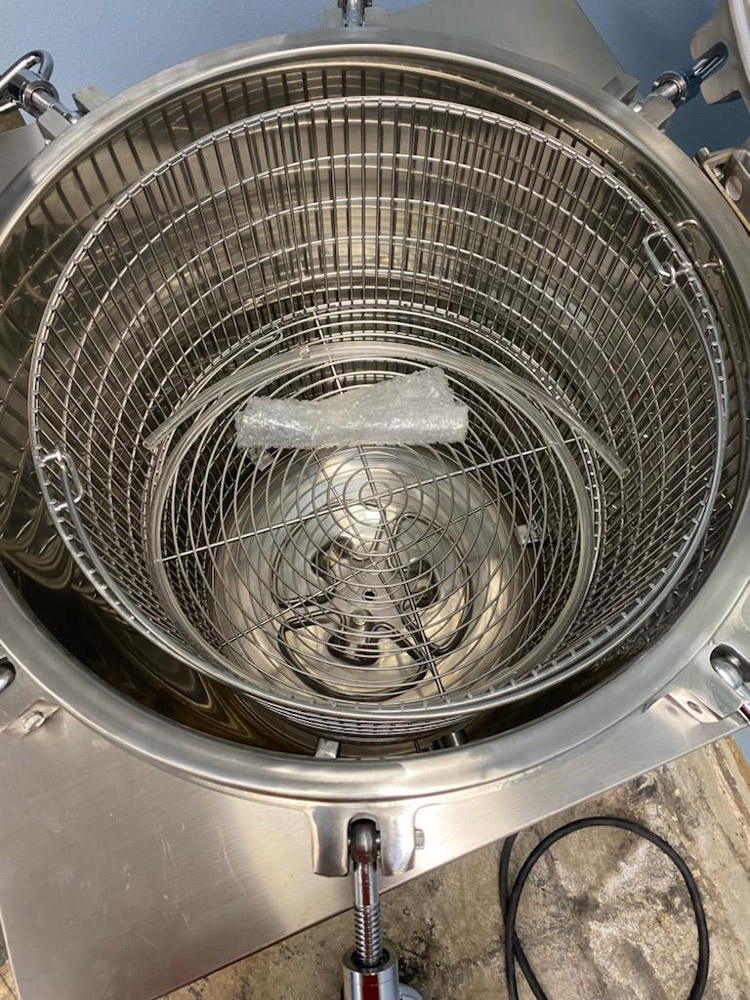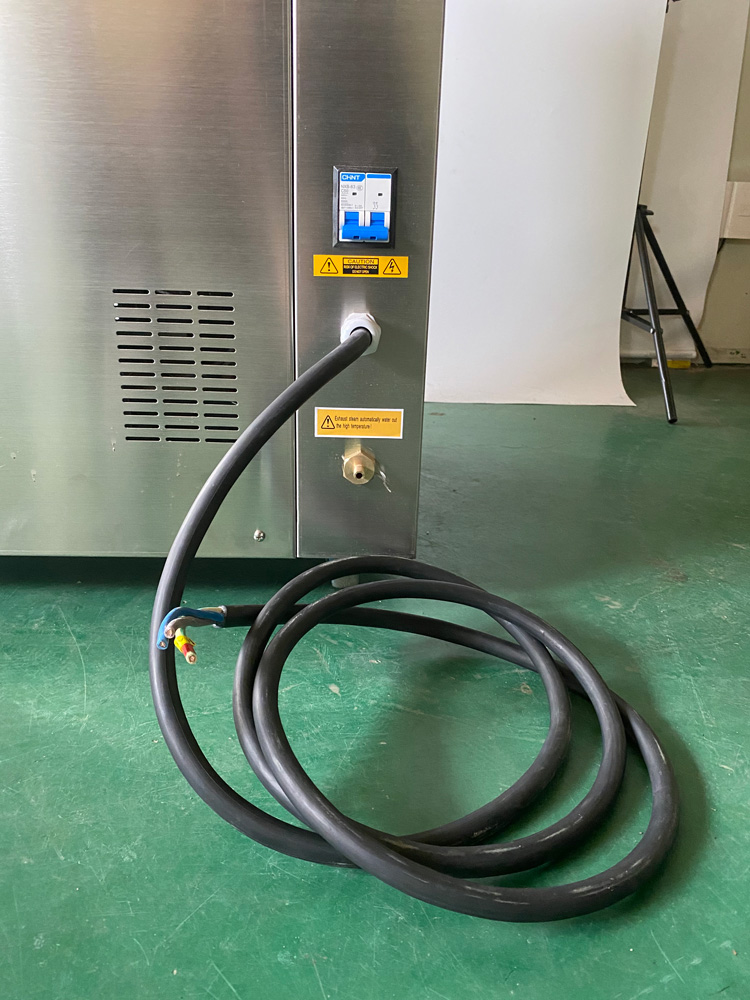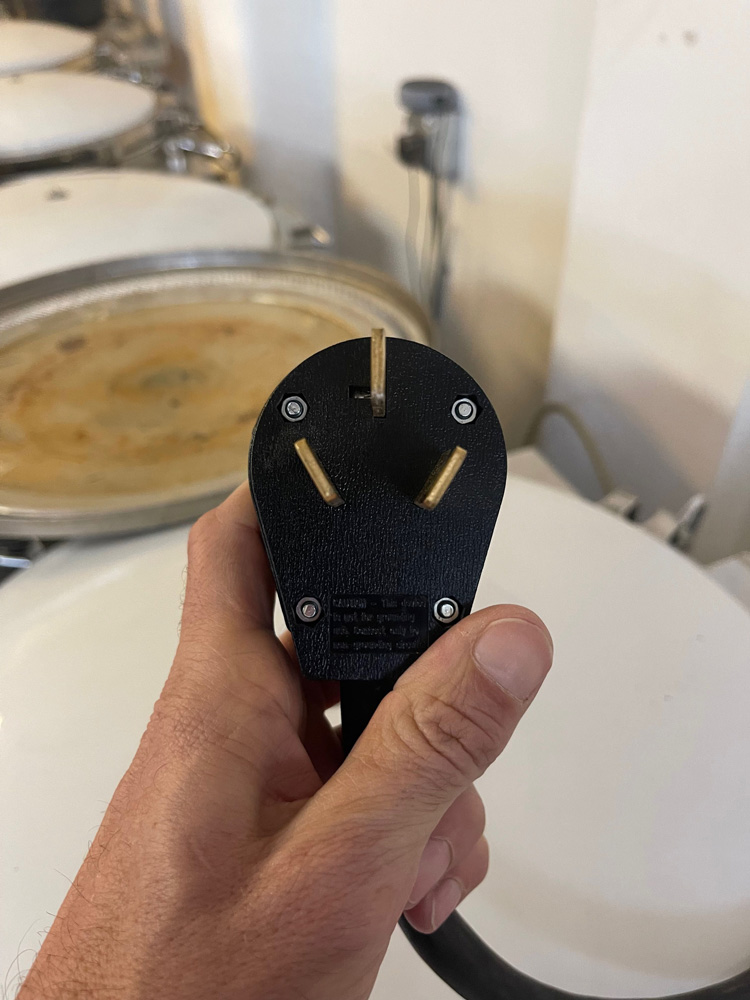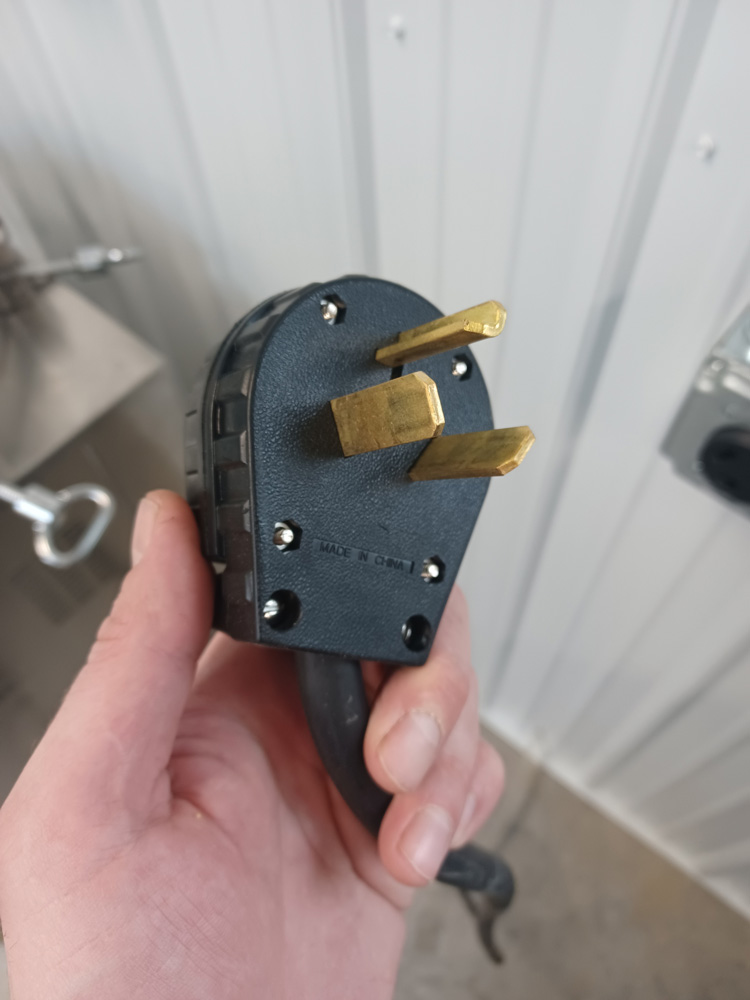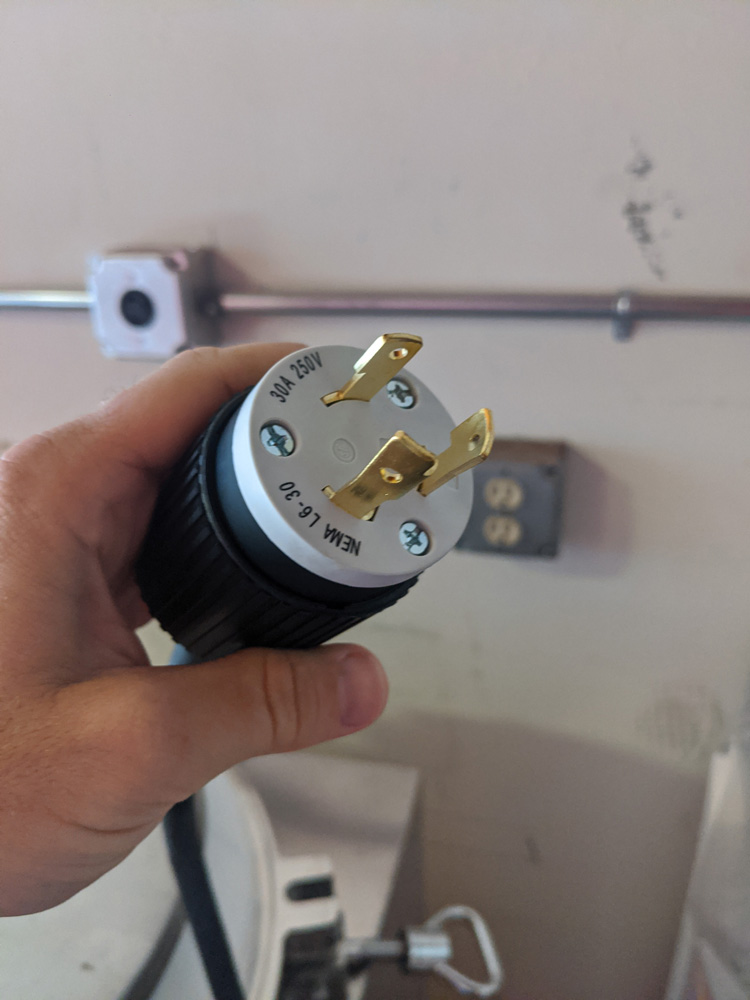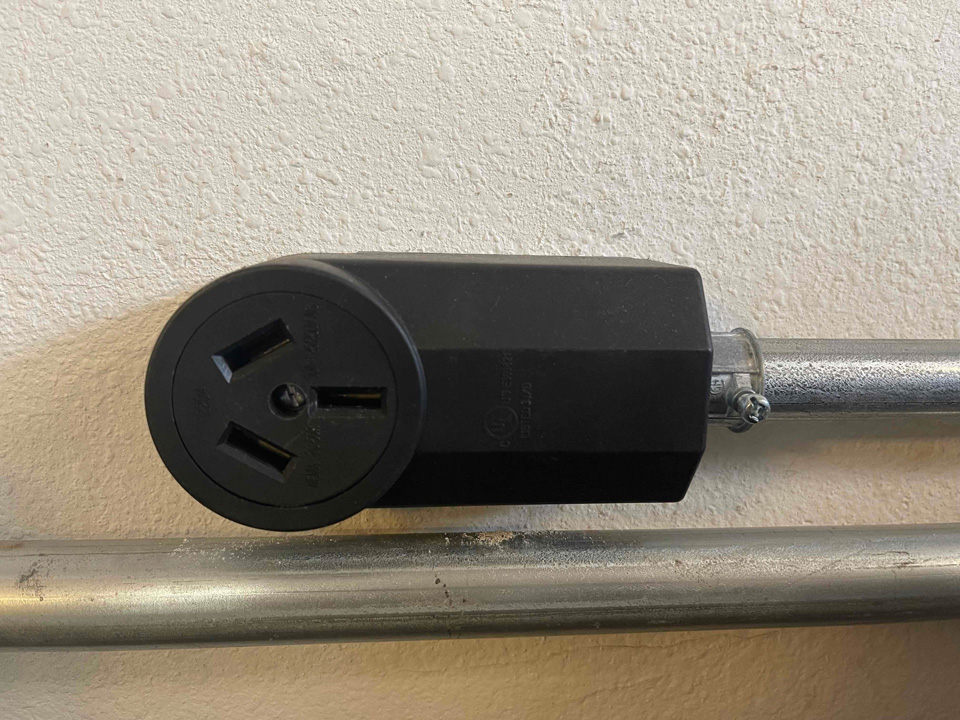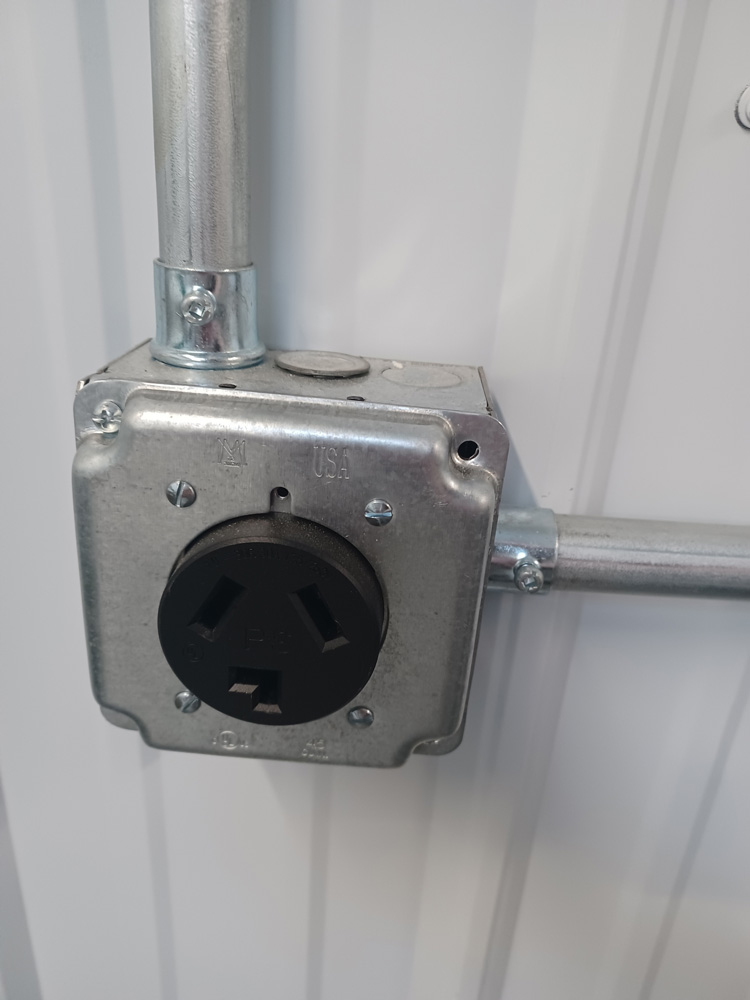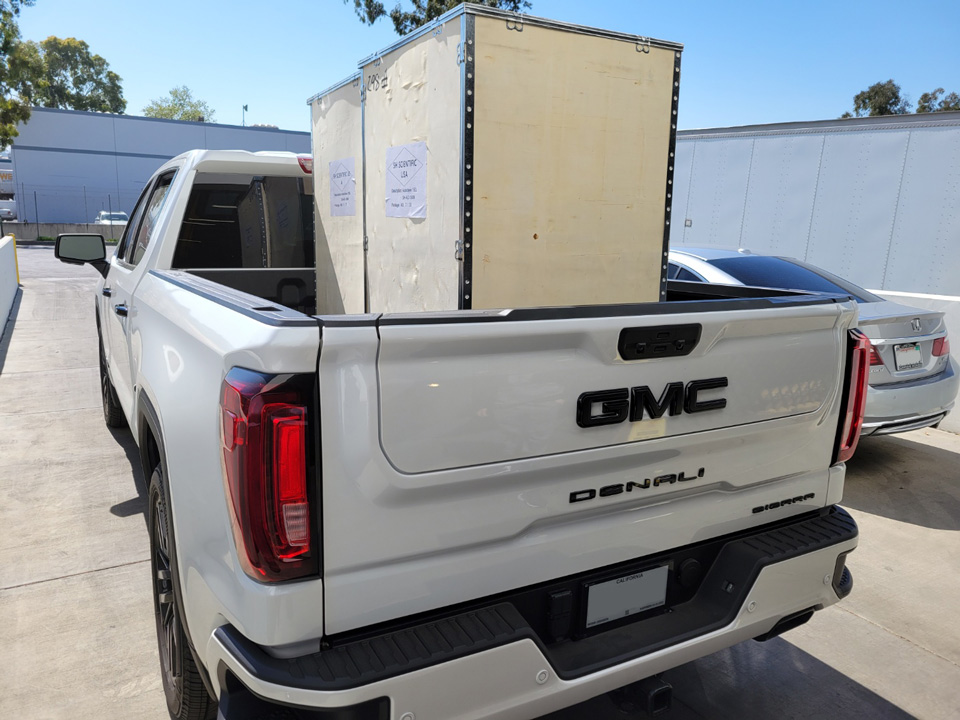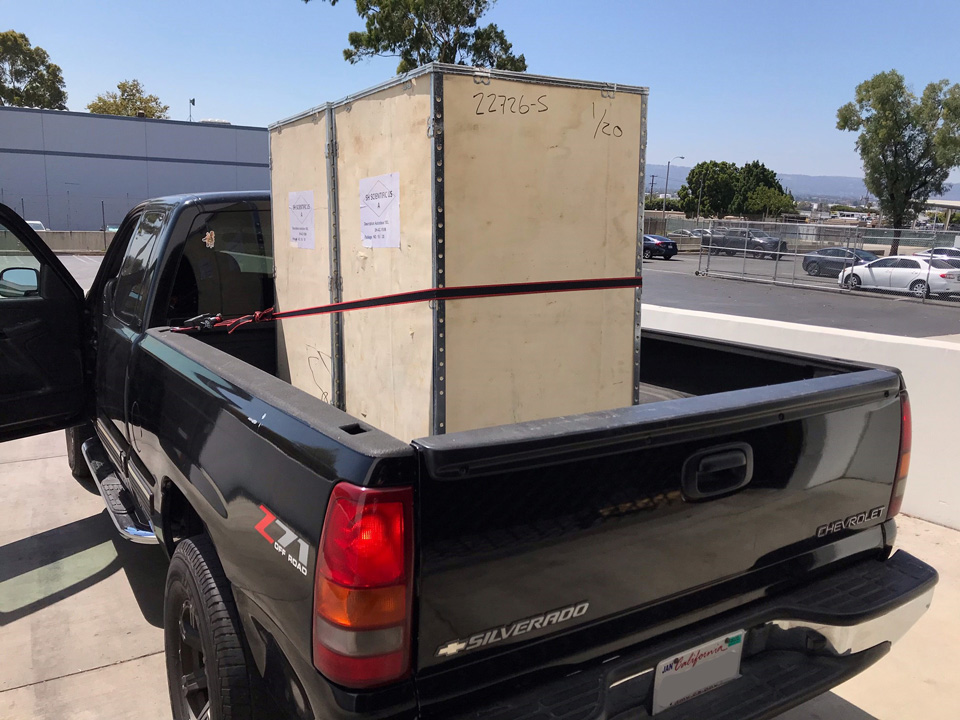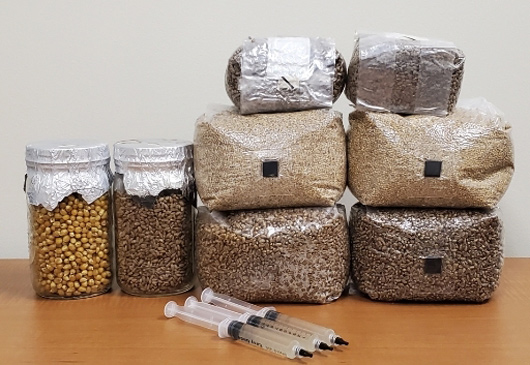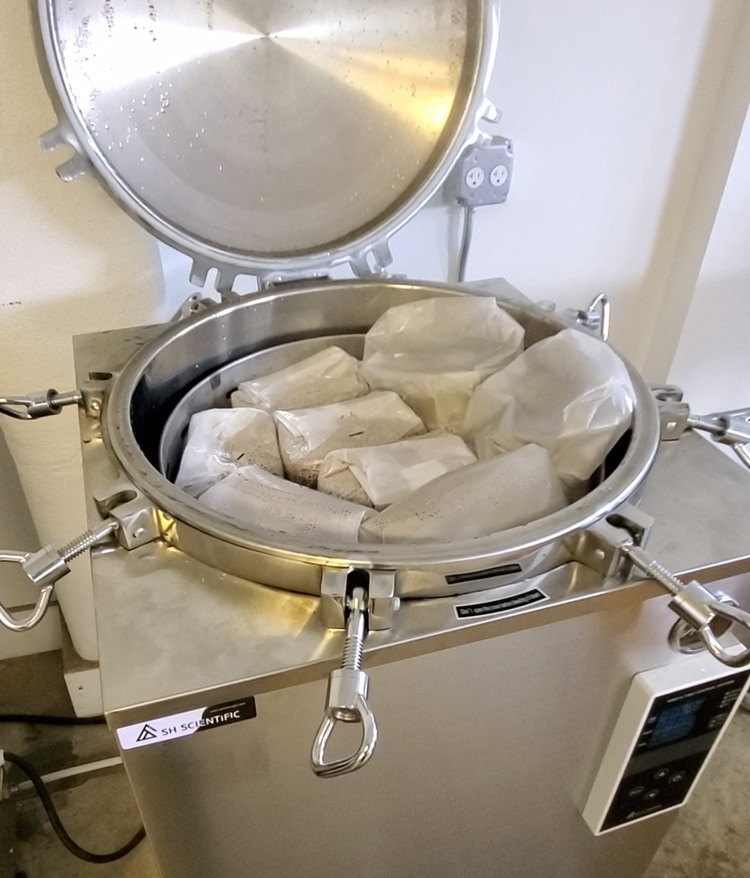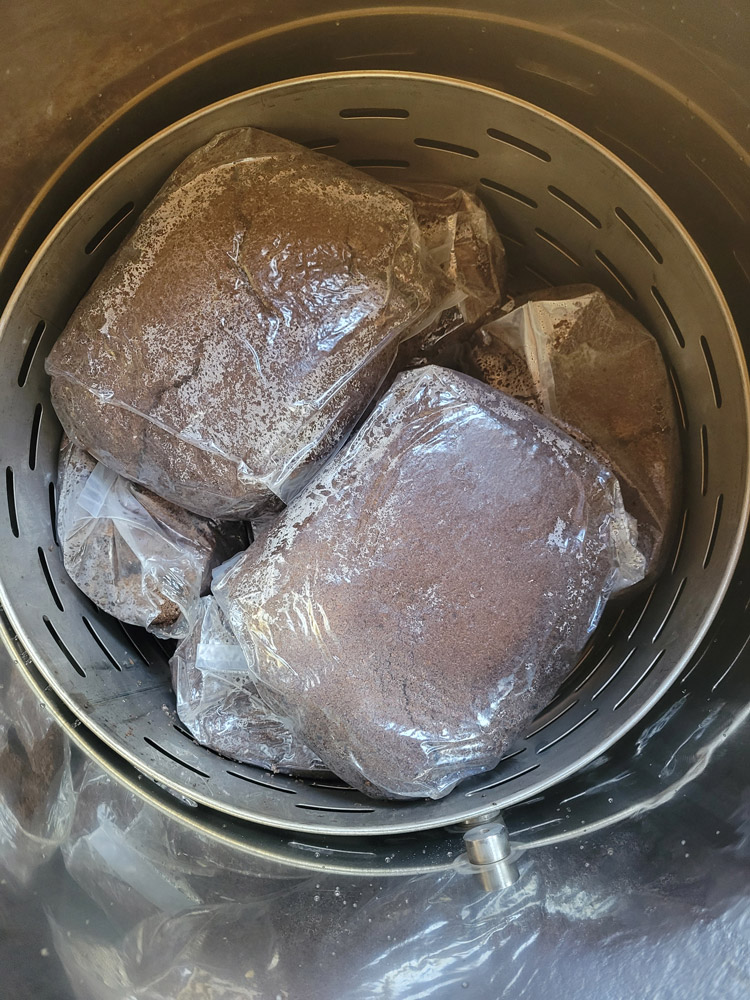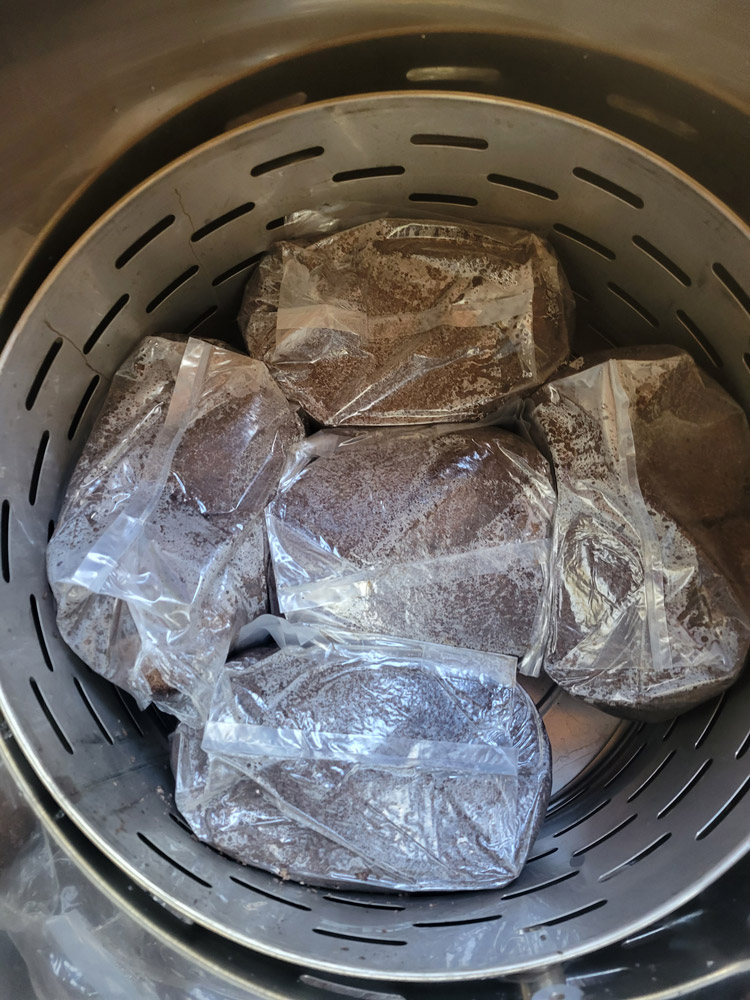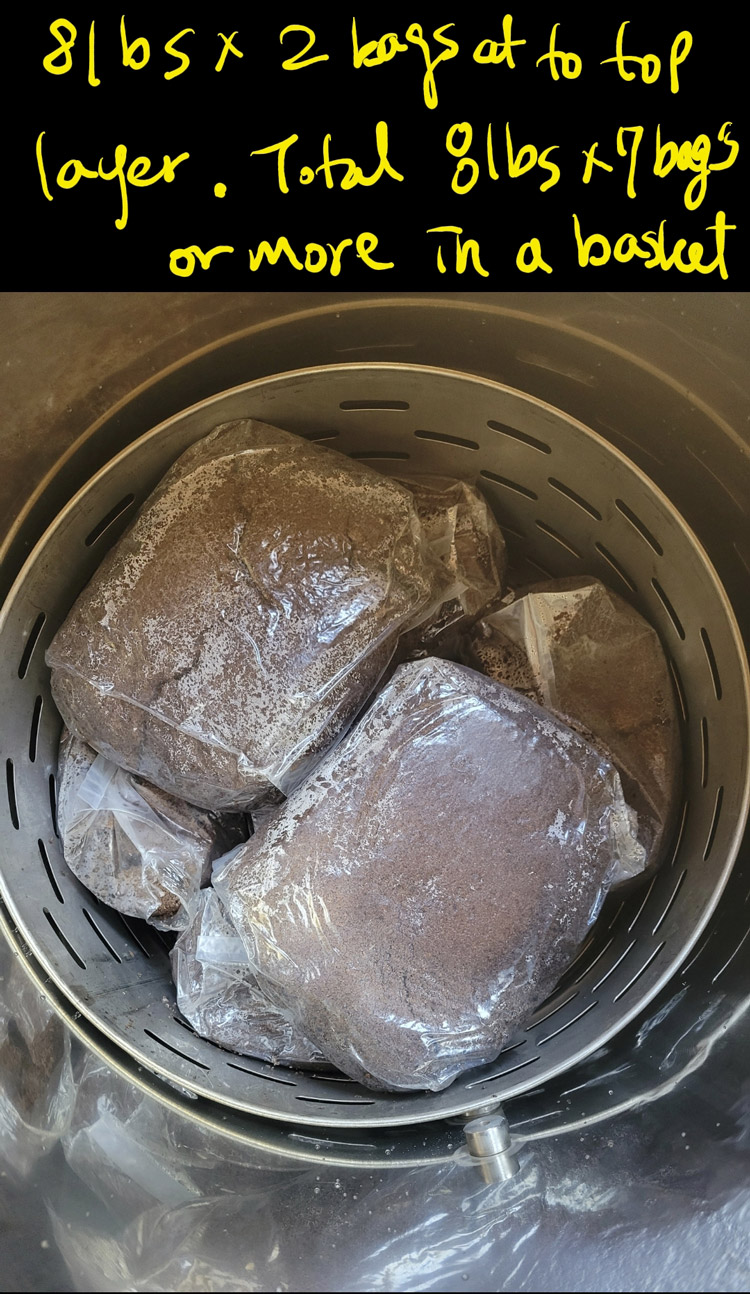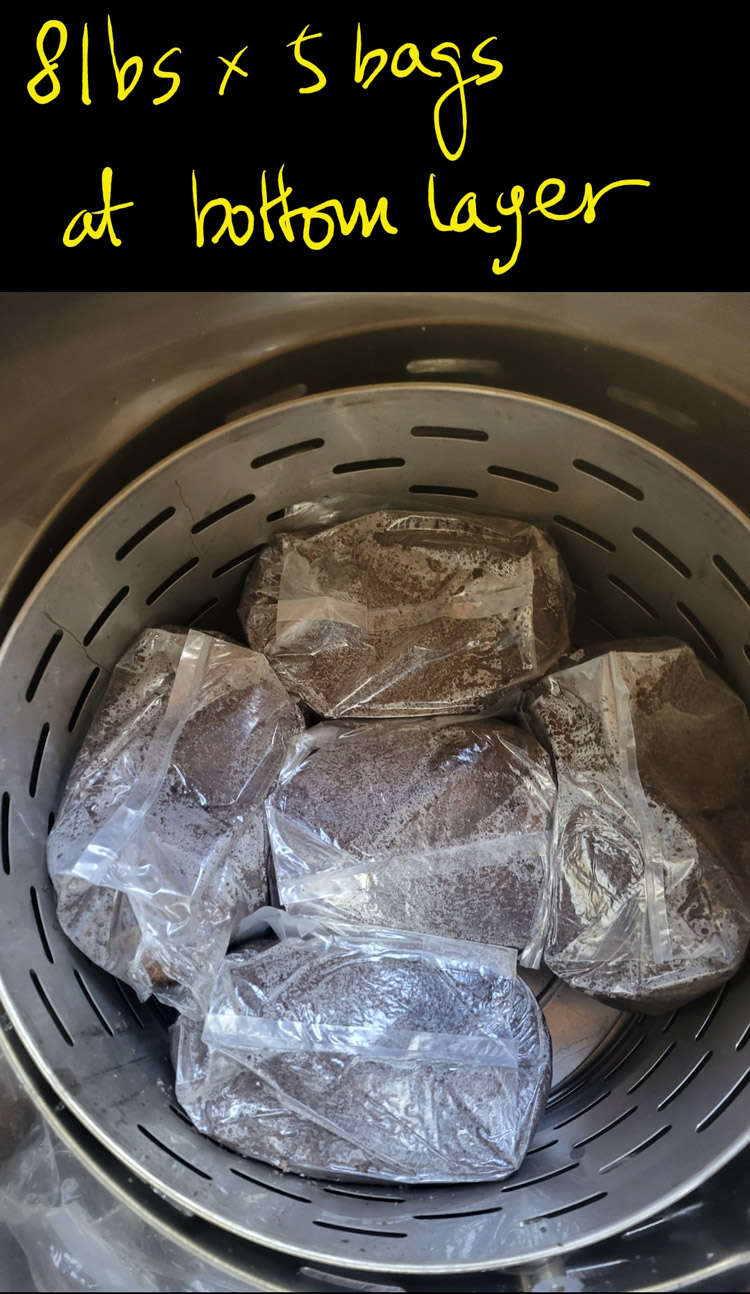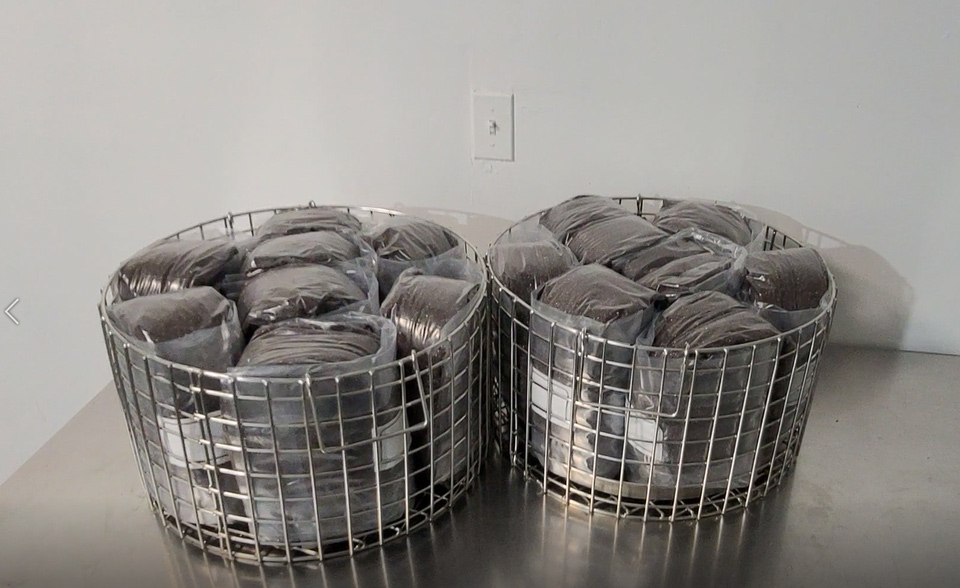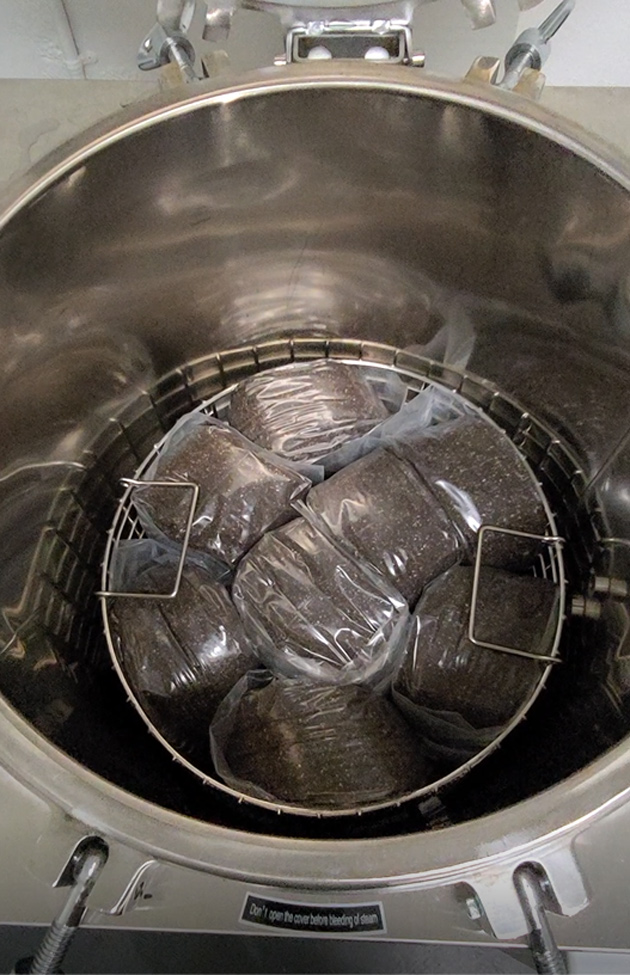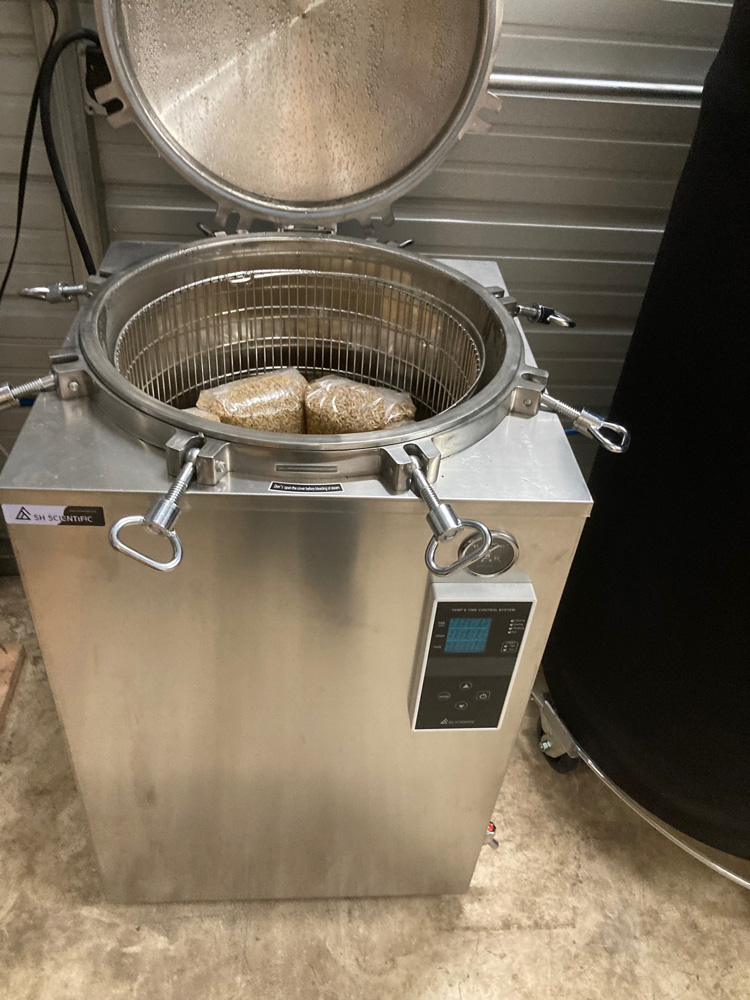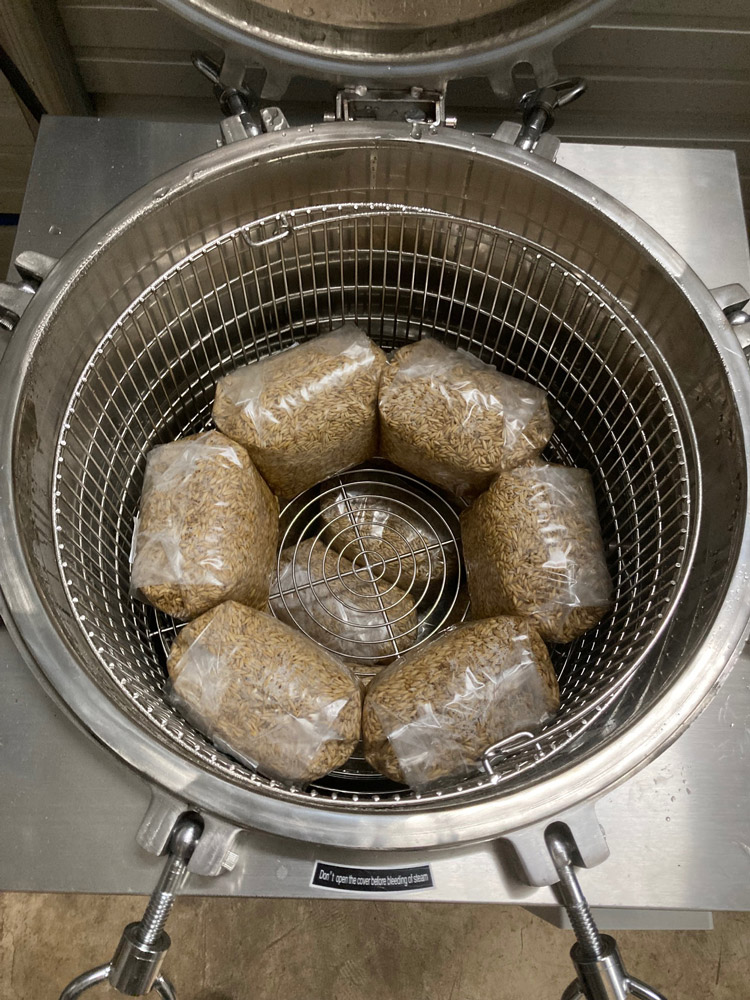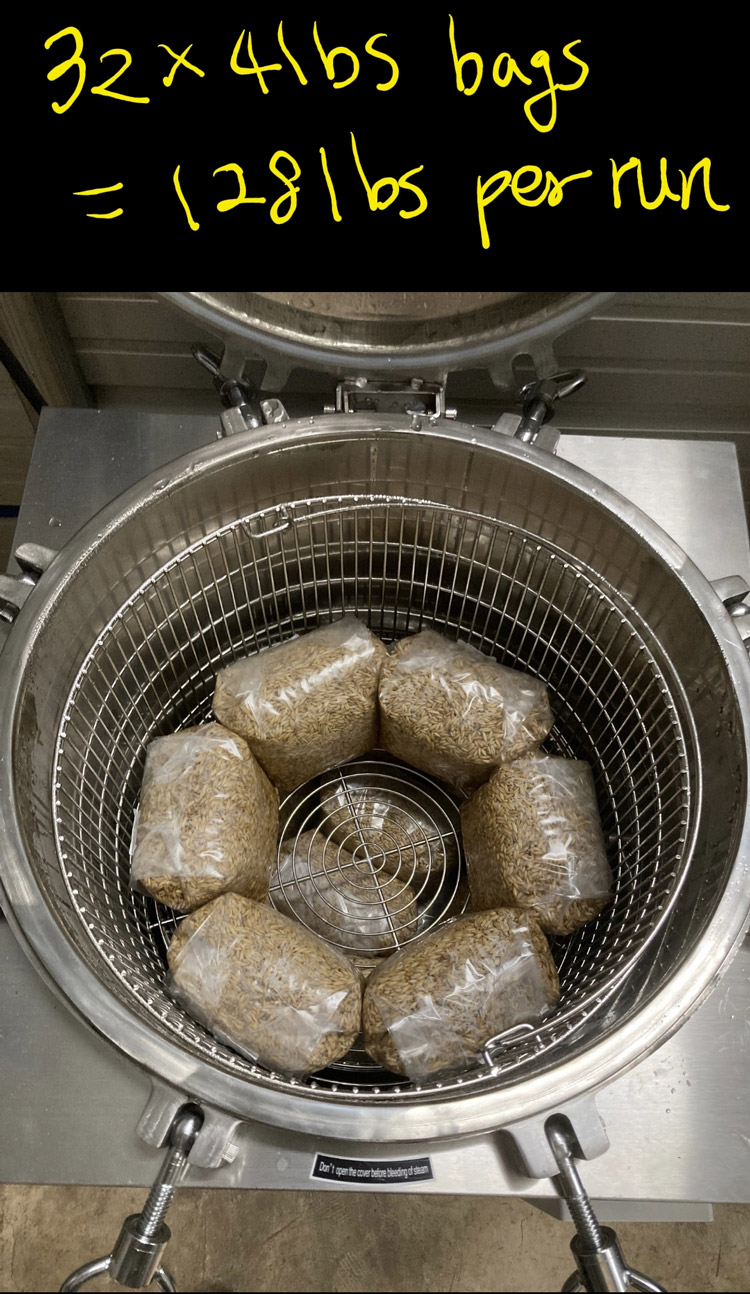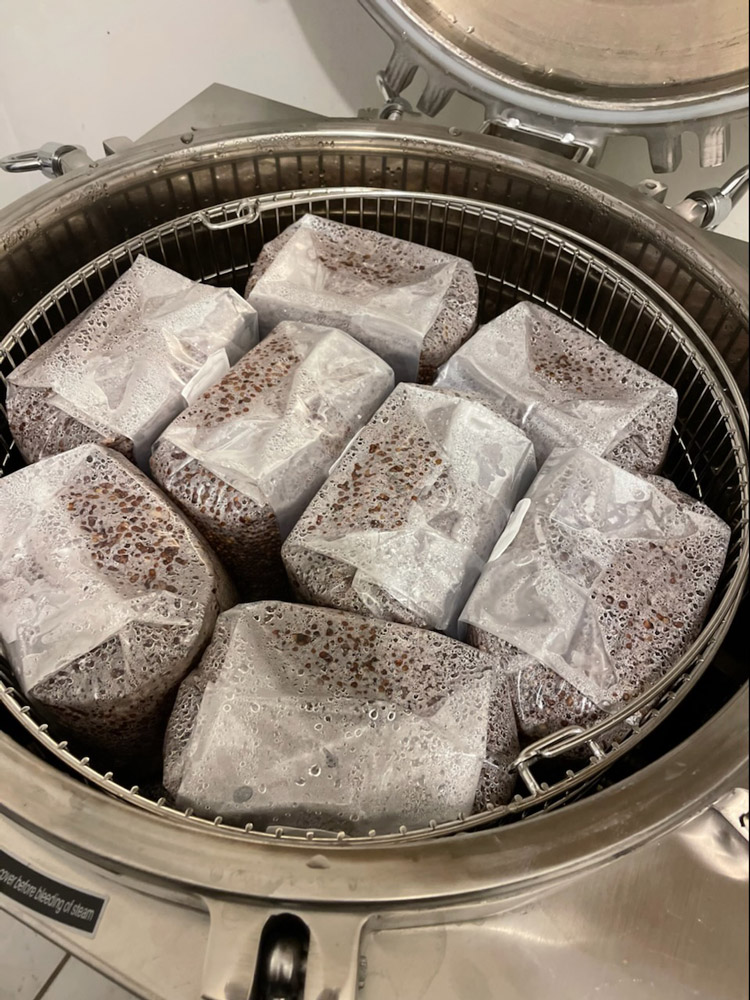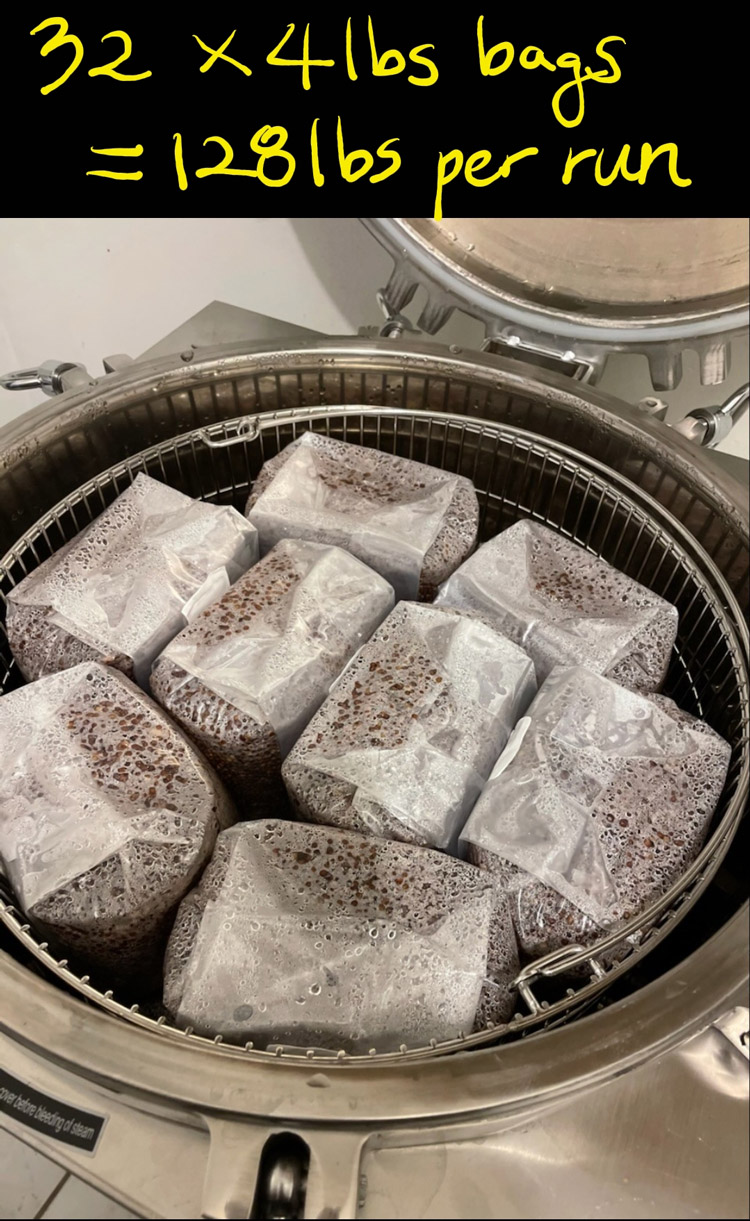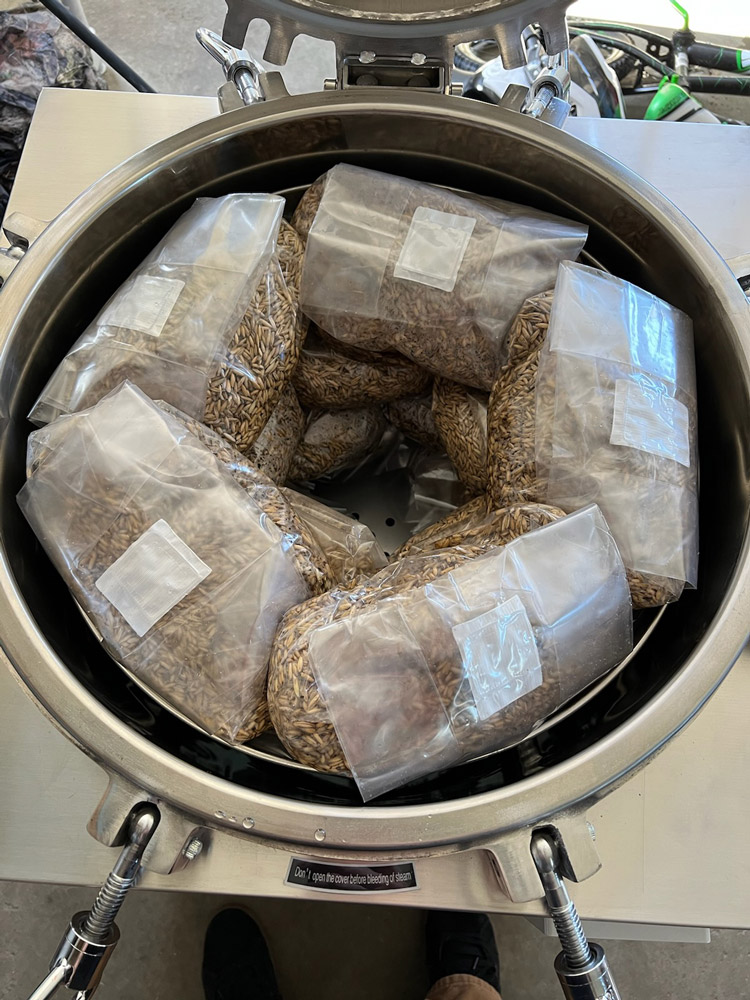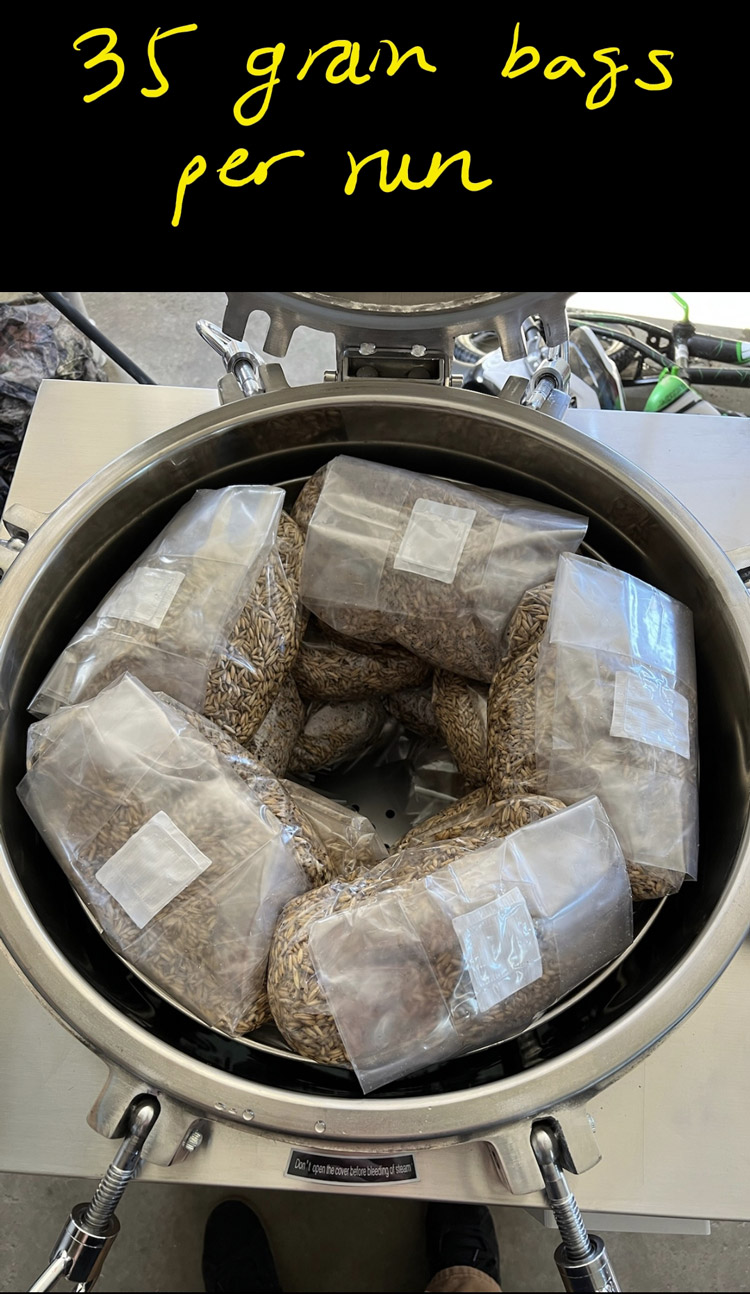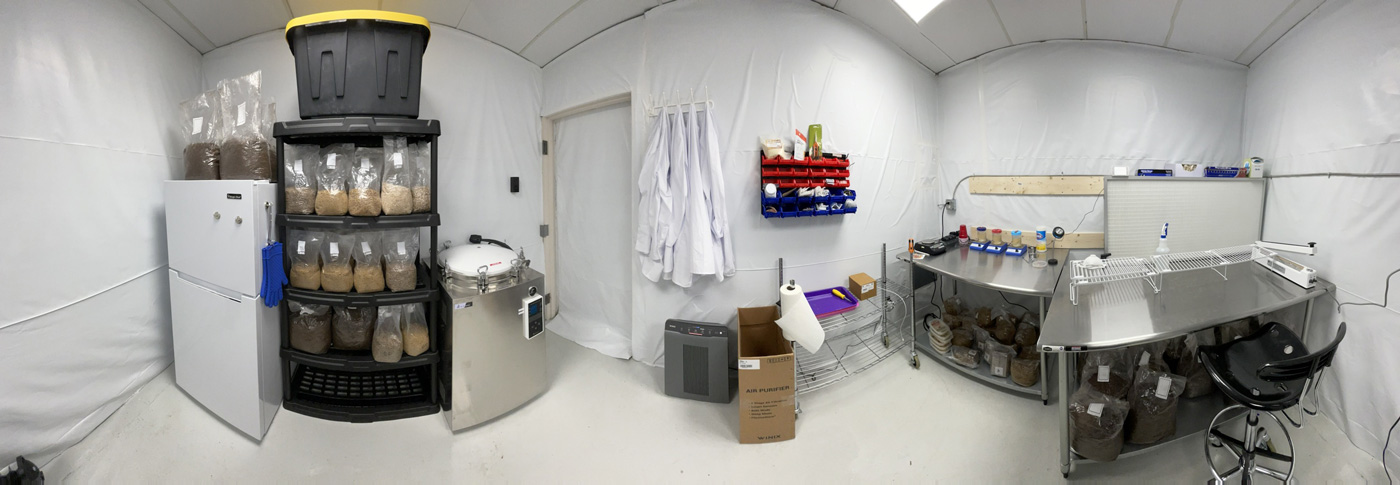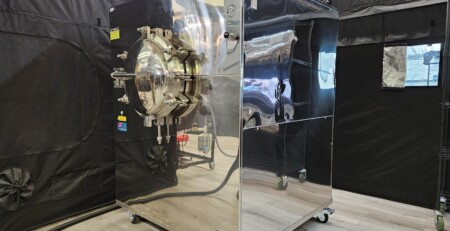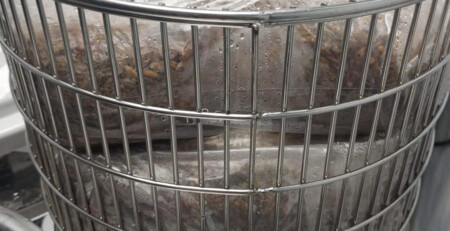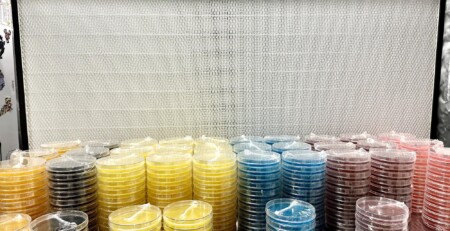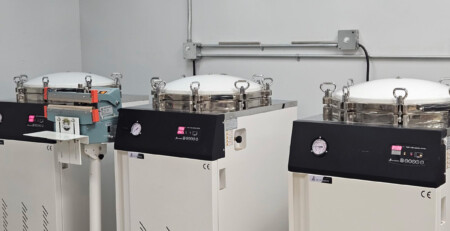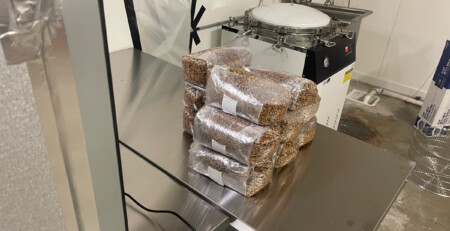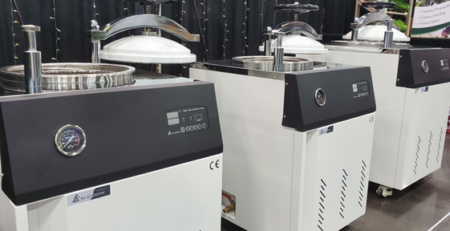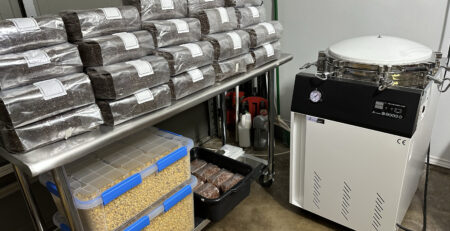Autoclaves for Mushroom Growers
An autoclave is the fastest, safest, and most efficient way to sterilize mushroom substrate or grain spawn.
In this article, we’ll explain how this key piece of mycology lab equipment works, and help you determine whether it’s right for your own cultivation process.
Background: How an Autoclave Works
Autoclaves use pressurized steam to sterilize quickly and easily. They’re controlled programmatically, so there’s no need to supervise the device during its cycle.
We all know that high temperatures kill microbes, and higher temperatures kill them even faster.
And compared to dry heat, saturated steam does a better job of penetrating surfaces for thorough sterilization.
But at atmospheric pressure—like the room you’re sitting in right now—steam is limited to roughly boiling temperature (100°C).
By sealing steam inside an airtight chamber, we can simultaneously increase pressure and temperature. It’ll quickly reach about 15 psi and 121°C.
At that point, steam sterilization is about 80% faster than at atmospheric pressure—and more thorough, too.
Sterilization vs. Pasteurization
Autoclaves are for sterilization. But pasteurization is a related concept, and you’ll often hear it in similar contexts.
What, exactly, is the difference?
Sterilization is the total elimination of microorganisms. It uses techniques like steam (as in an autoclave), chemicals, or even ultraviolet light, depending on the application.
Pasteurization is best thought of as partial sterilization. The goal is to remove enough pathogens to render something safe and (more) shelf-stable, but not to eliminate every last microbe. It’s a standard part of food production, so steam or direct heat are the most common methods.
Mushroom Pasteurization
Pasteurization occurs as low as about 63°C, but often closer to 76°C to reduce time. This is far below boiling temperature, so it’s easily achieved at atmospheric pressure.
That means autoclaves are overkill for pasteurization alone.
Pasteurization doesn’t totally destroy all microbes. The few left behind are usually helpful ones, which results in faster growth.
That’s a great method for small-scale or hobby growing. It’s simple, convenient, and may not even require any new equipment.
Of course, there’s a catch. Once in a while, those few remaining microbes will cause trouble, especially with more nutrient-rich substrates.
In other words, pasteurization allows for faster growth, but the price is a slightly higher risk of contamination.
Mushroom Sterilization
Sterilization brings (potentially) slower growth, but it practically eliminates the risk of contamination.
Consequently, sterilization is popular among commercial growers whose business depends on consistent and replicable output.
It’s also necessary for supplemented or naturally nutrient-rich substrates, which tend to hold pathogens that pasteurization can’t totally destroy.
Moreover, it’s important to sterilize efficiently. That’s best done with pressurized steam, which there are two common ways to implement: pressure cookers and autoclave.
Autoclave vs. Pressure Cooker for Mushrooms

Both use a sealed lid to raise pressure and temperature above atmospheric limits.
Most pressure cookers can sustain 121°C at 15 psi (like an autoclave), although details and precision vary by model.
And that’s about where the similarity ends.
First and foremost, pressure cookers typically max out around 8 liters in capacity. That’s plenty for home cooking, but only 1/8th the capacity of our smallest (60L) autoclave.
In effect, a single autoclave replaces a fleet of pressure cookers.
In doing so, you will:
● Control sterilization automatically—no more running from one pressure cooker to the next!
● Save space and reduce utility bills with a single, high-efficiency device
● Minimize contamination with trustworthy, hands-off, lab-grade equipment
Mushroom growing is a slow and delicate process, so the stakes are high when it comes to disinfection.
It’s frustrating and discouraging to lose time and money to contamination, and all the more so if your revenue depends on it.
Why do mushroom growers and mycology supply stores choose SH Autoclaves?
More efficient carrying capacity
SH Scientific autoclaves can accommodate 2 baskets vertically, effectively doubling your sterilization productivity.
For the SH-AC-150M 150-liter model (Ø510 x 740mm chamber), the max loads are:
- 120 lbs per run with 2.5-lb grain bags. This assumes up to 48 bags with two baskets per run.
- 128 lbs per run with 4-lb grain bags. This assumes up to 32 bags with two baskets per run.
- 128 lbs per run with 8-lb grain bags. This assumes up to 16 bags with two baskets per run.
For the SH-AC-100M 100-liter model (Ø440 x 650mm chamber), the max load is 90 lbs per run with 3-lb grain bags. This assumes up to 30 bags with two baskets per run.
You can run twice a day without hassle.
Load Modestly & Evenly
It’s tempting to fill your autoclave to the brim to minimize the number of cycles.
However, that’s not a good practice. Overloaded autoclaves can’t sterilize things in the center as thoroughly as the rest.
Keep a little space in the center, and aim for some “breathing room” between all items in the autoclave. That’s especially important for things like grain bags, which tend to sag or compress when stacked.
Household items—like glass jars and ceramic mugs—make terrific spacers.
Quicker turnaround time
Sterilization time depends on the type and amount of grain you’re using. It’s generally a 1- to 2-hour process.
Unlike a pressure cooker or other common tools, our lab-grade equipment ensures steady temperature and pressure the entire time.
There’s no need for guesswork or assumptions, since how long you think it’s sterilizing is how long it’s actually sterilizing!
Hands-off timer & auto-stop features
Without precise timers and auto-stop functions, managing large-scale sterilization is chaos.
You or your staff may find yourselves running from one pressure cooker to the next, scrambling to manage different batches, let alone keep tabs on other tasks and even safety priorities.
But SH Scientific vertical autoclaves take this off your plate. We provide digital controllers, built directly into each device, for set-and-forget temperature and sterilization time management.
Hassle-free installation & operation
New equipment is no good if getting started means putting operations on hold.
Our autoclaves are plug-and-play, literally, with no confusion or headaches.
Note that the 60-liter model includes a standard plug, but its 100- and 150-liter siblings are hardwired. All models are 220V by default.
Quick, convenient stock & support
With a warehouse in California and sales office in Oregon, we ship quickly and can provide support during your hours.
Two Quick Tips for Better Results
If you’re upgrading from pressure cookers, or you’re new to mushroom growing in general, then two simple tips will help you get the most out of an SH autoclave from day one.
Use Your Timer & Auto Shut-Off
All SH Scientific autoclaves include a timer and automatic shut-off. We strongly recommend using these automatic features with every cycle.
Not only are they simpler than manual oversight, but they make it easier to manage different sterilization cycles for different equipment, substrates, and grain spawn.
Load Modestly & Evenly
It’s tempting to fill your autoclave to the brim to minimize the number of cycles.
However, that’s not a good practice. Overloaded autoclaves can’t sterilize things in the center as thoroughly as the rest.
Keep a little space in the center, and aim for some “breathing room” between all items in the autoclave. That’s especially important for things like grain bags, which tend to sag or compress when stacked.
Household items—like glass jars and ceramic mugs—make terrific spacers.
Pricing & Customization
Our standard autoclave configurations suit most mushroom growers without modification. However, several power and control customizations are possible.
We encourage you to explore the line, or to contact us directly for technical inquiries or customization requests.

